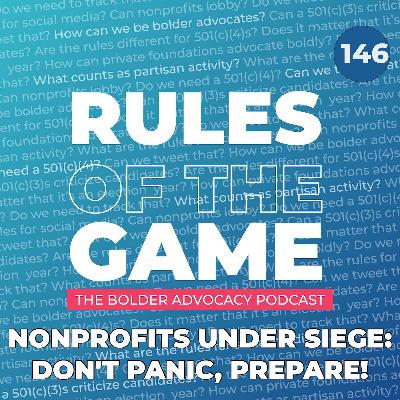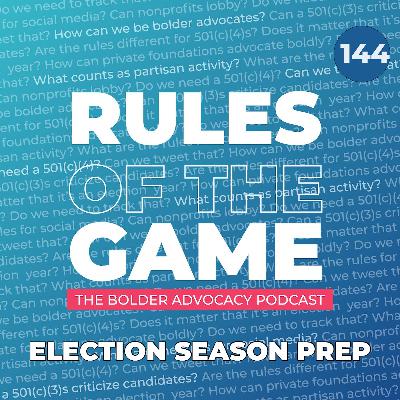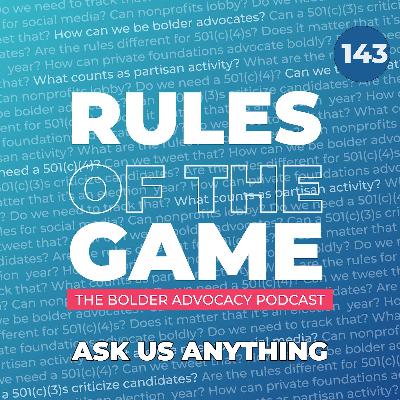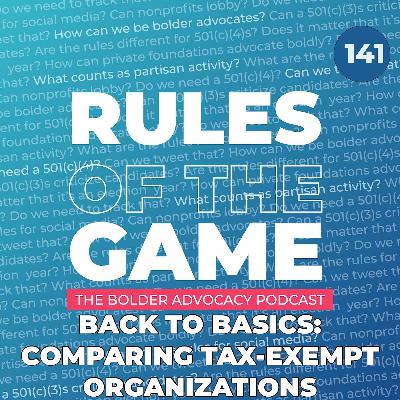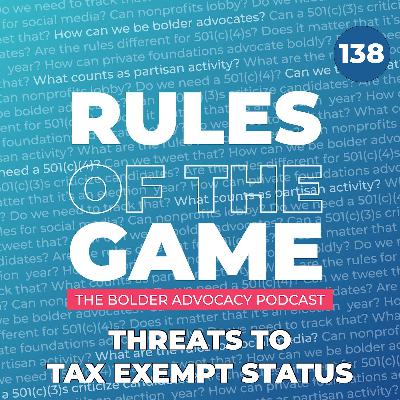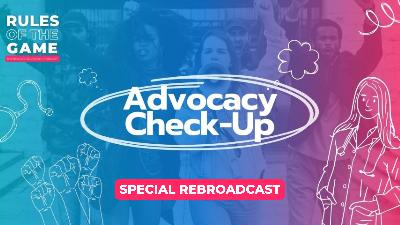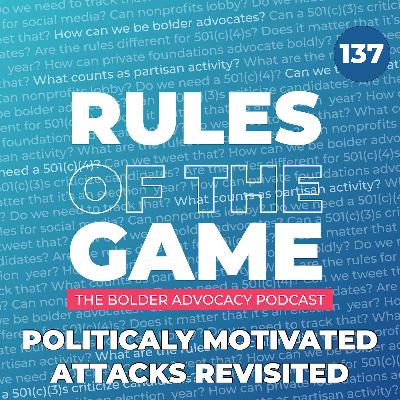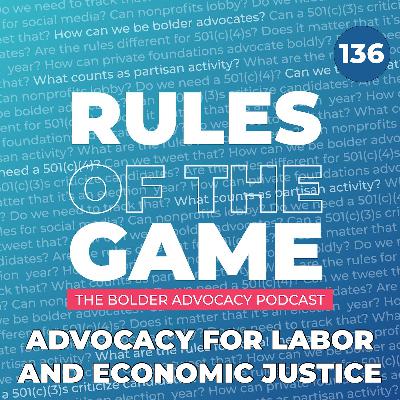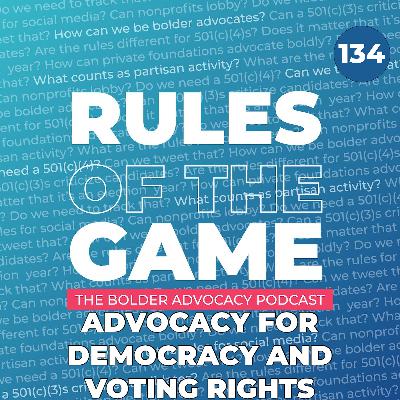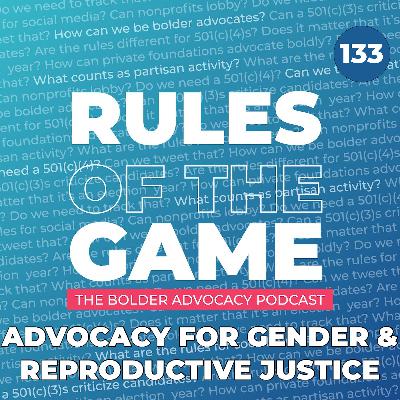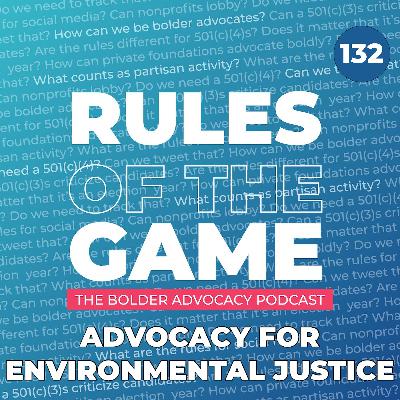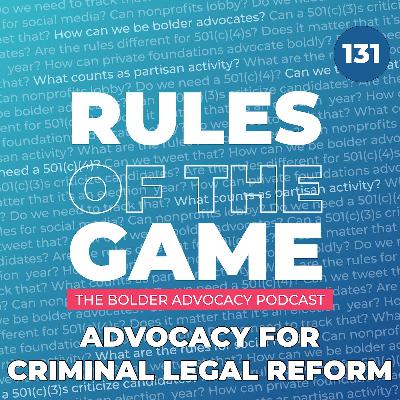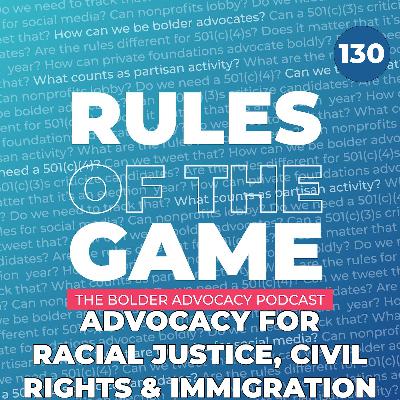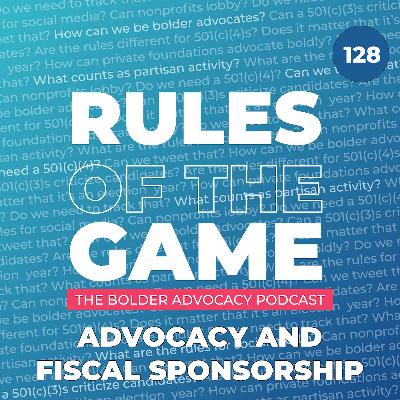Ballot Measures and California Redistricting
Description
Ballot measures give voters a chance to participate in direct democracy while providing nonprofit organizations with a powerful platform to educate the public about issues they champion. In this episode, we discuss California's pending redistricting ballot measure and other developments in direct democracy with returning guest Emma Olson Sharkey.
Attorneys for this Episode
• Tim Mooney
• Susan Finkel Sourlis
• Emma Olson Sharkey, Elias Law Group
The Importance of Ballot Measures
· Ballot measures give voters direct power to shape laws and policies, bypassing legislatures.
· For nonprofits, they're a powerful platform to educate the public and advance mission-driven issues.
· Emma Olson Sharkey—partner at Elias Law Group and one of the nation's leading ballot measure experts—returns to share insights (last heard in ROTG 96).
California's Prop 50: Mid-Cycle Redistricting
· Background: California has an independent redistricting commission that drew maps in 2021 for the 2022 elections.
· New twist: In response to Texas' recent partisan maps, Governor Newsom and allies pushed for mid-decade redistricting.
· The ballot measure: Prop 50, passed by the legislature and signed by the Governor, will go to voters in a special election on November 4, 2025.
Redistricting Through Ballot Measures
· Ballot measures have long been used to reform redistricting across the U.S.
· Examples:
- Successful: Colorado (2018), Michigan (2018), Missouri (2020), Ohio (2018).
- Unsuccessful: Ohio's most recent attempt.
· Mid-cycle redistricting isn't new: Texas pioneered it in 2003 under Tom DeLay, and the playbook has returned in 2025.
What Nonprofits Need to Know
· 501(c)(3) Public Charities: May engage in ballot measure advocacy—it counts as lobbying. Key distinction: 'Vote yes/no on Prop X' = permissible lobbying; 'Vote for Candidate Y' = prohibited partisan activity.
· Because Prop 50 is rooted in partisan battles, public charities must tread carefully and seek legal advice before weighing in.
· Generally safe activity: nonpartisan voter engagement (e.g., get-out-the-vote drives, voter registration), but seek counsel especially around Prop 50.
· 501(c)(4)s and Labor Organizations: Have far greater leeway—no cap on lobbying. But California's strict regulatory environment requires attention to registration and reporting obligations.
Restricting Access to Ballot Initiatives
· Since 2016, conservative legislatures have increasingly tried to restrict citizen-led ballot measures.
· States in the spotlight: North Dakota, South Dakota, Wyoming, Missouri, Florida, Oklahoma, Arkansas.
· Many proposals fail, but recent years have seen more succeed, especially in Florida and Arkansas.
· Missouri is considering both mid-cycle redistricting and ballot measure restrictions in the same session.
A Bit of Good News
· South Dakota victory: A federal court struck down H.B. 1184's nine-month filing deadline for ballot measures as unconstitutional, reaffirming citizens' First Amendment rights.
· Practical impact: Keeps the window open for grassroots groups to gather signatures and qualify measures.
Resources
Seize the Initiative: A Legal Guide on Ballot Measures for Nonprofits and Foundations — https://afj.org/wp-content/uploads/2020/04/Seize-the-Initiative-2020-2.pdf
Being a Player: A Guide to the IRS Lobbying Regulations for Advocacy Charities — https://afj.org/resource/being-a-player-a-guide-to-the-irs-lobbying-regulations-for-advocacy-charities/
The Rules of the Game: A Guide to Election-Related Activities for Nonprofit Organizations — https://afj.org/resource/the-rules-of-the-game-a-guide-to-election-related-activities-for-nonprofit-organizations/


